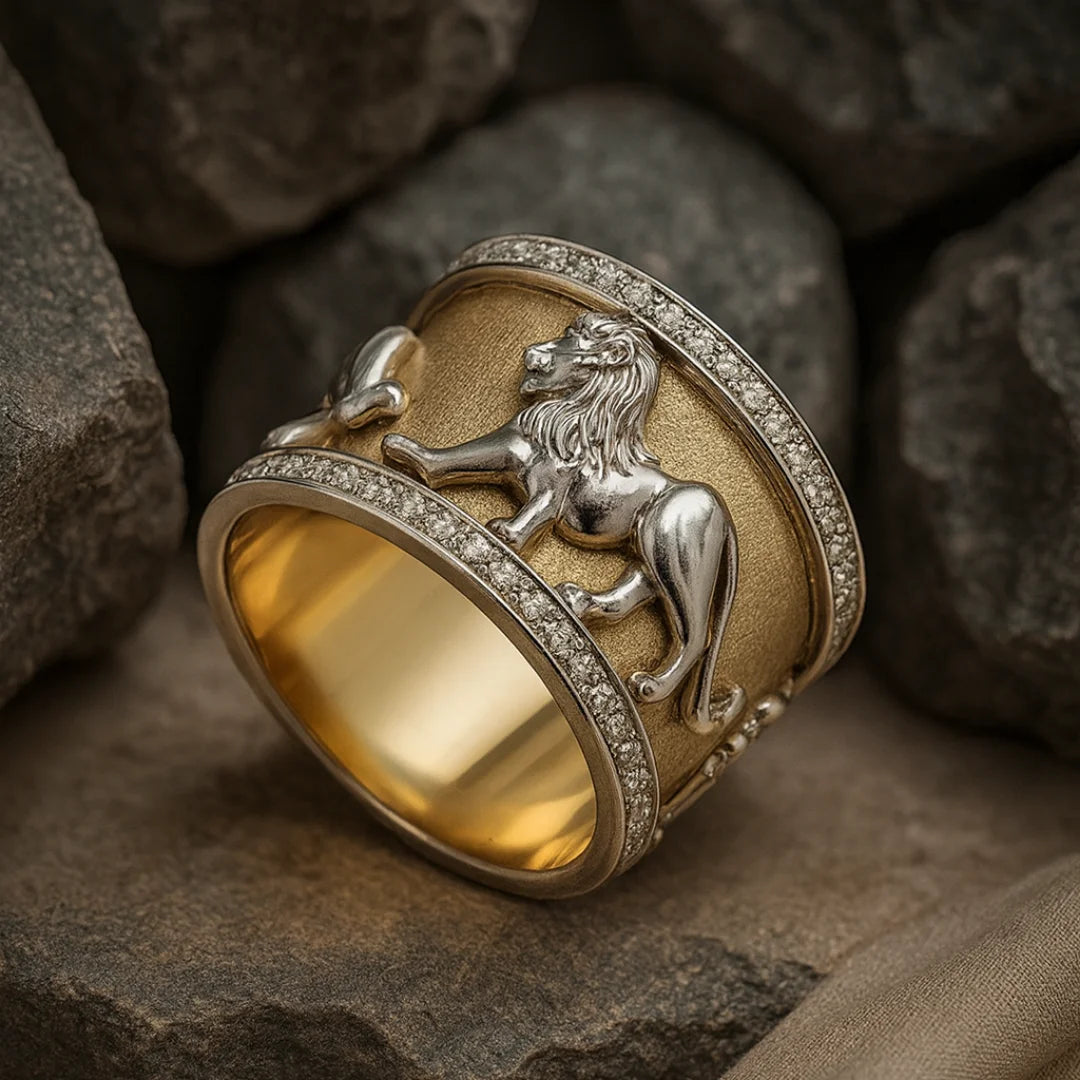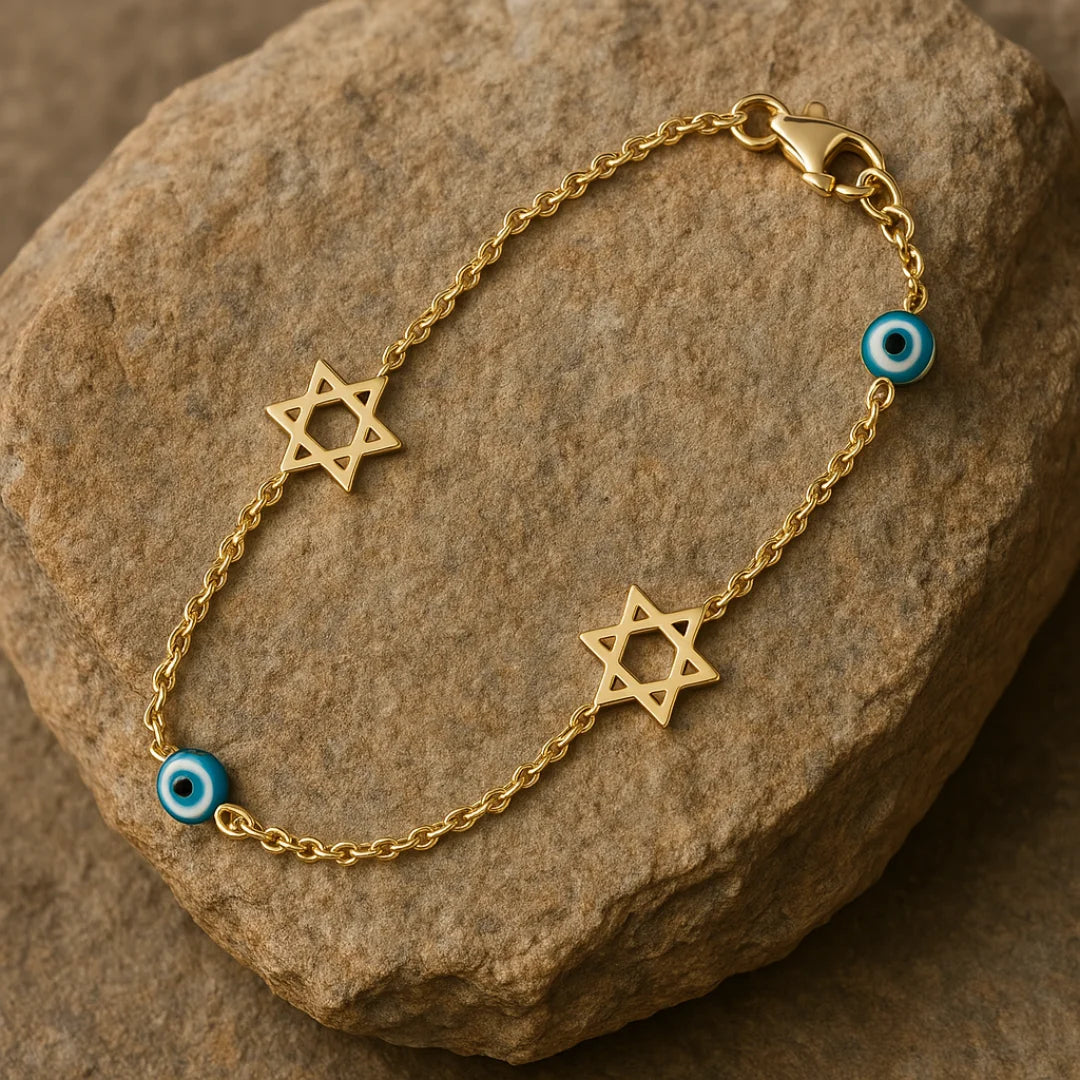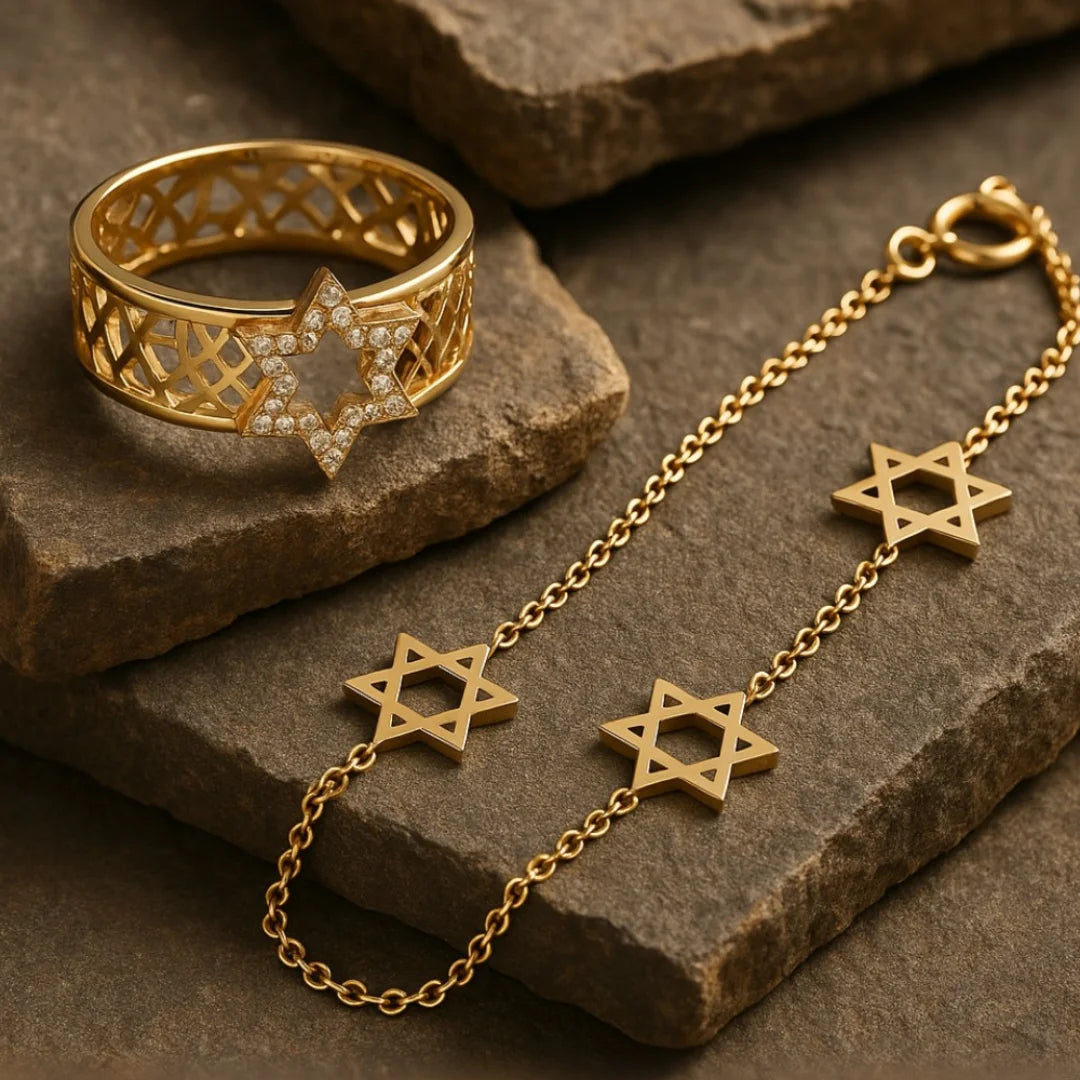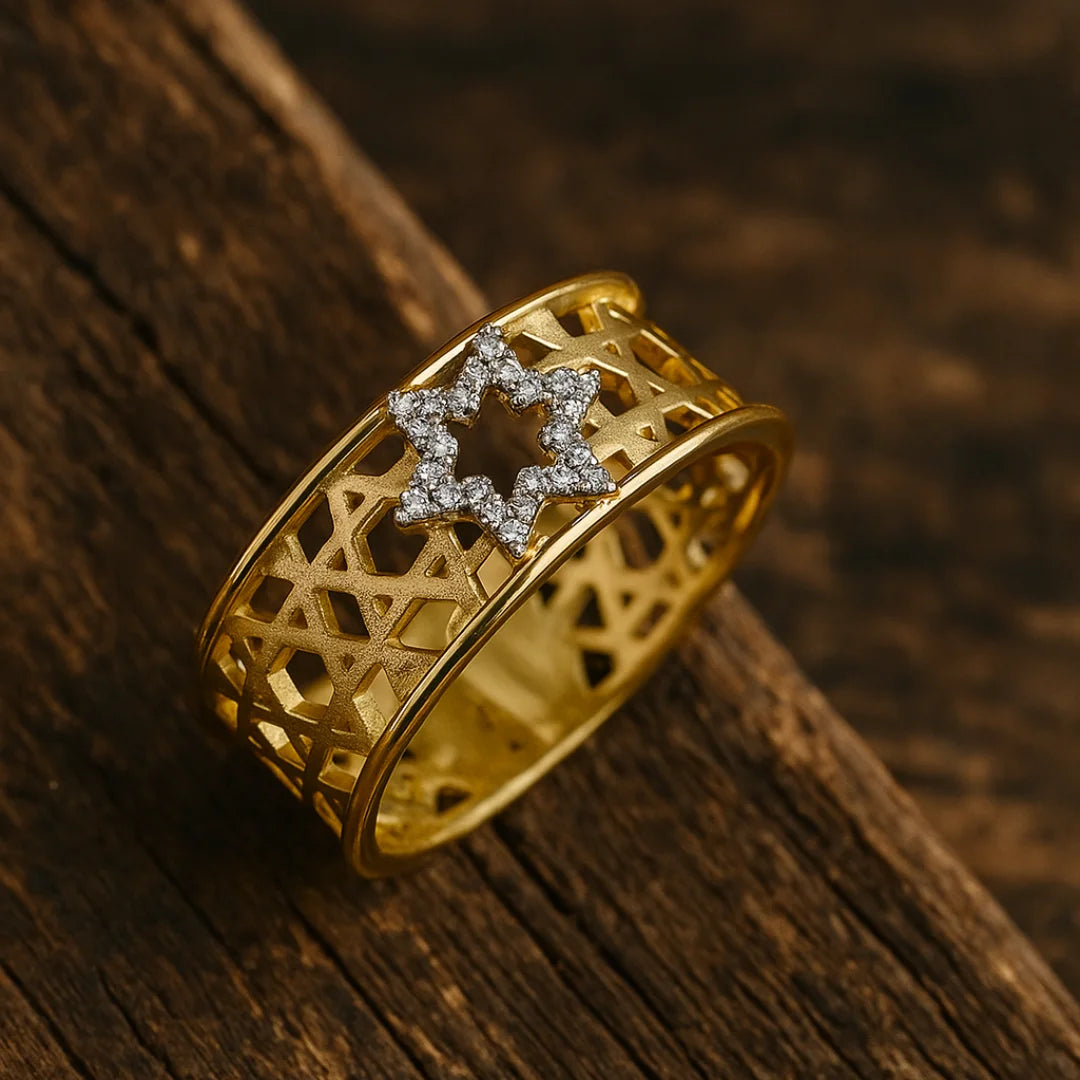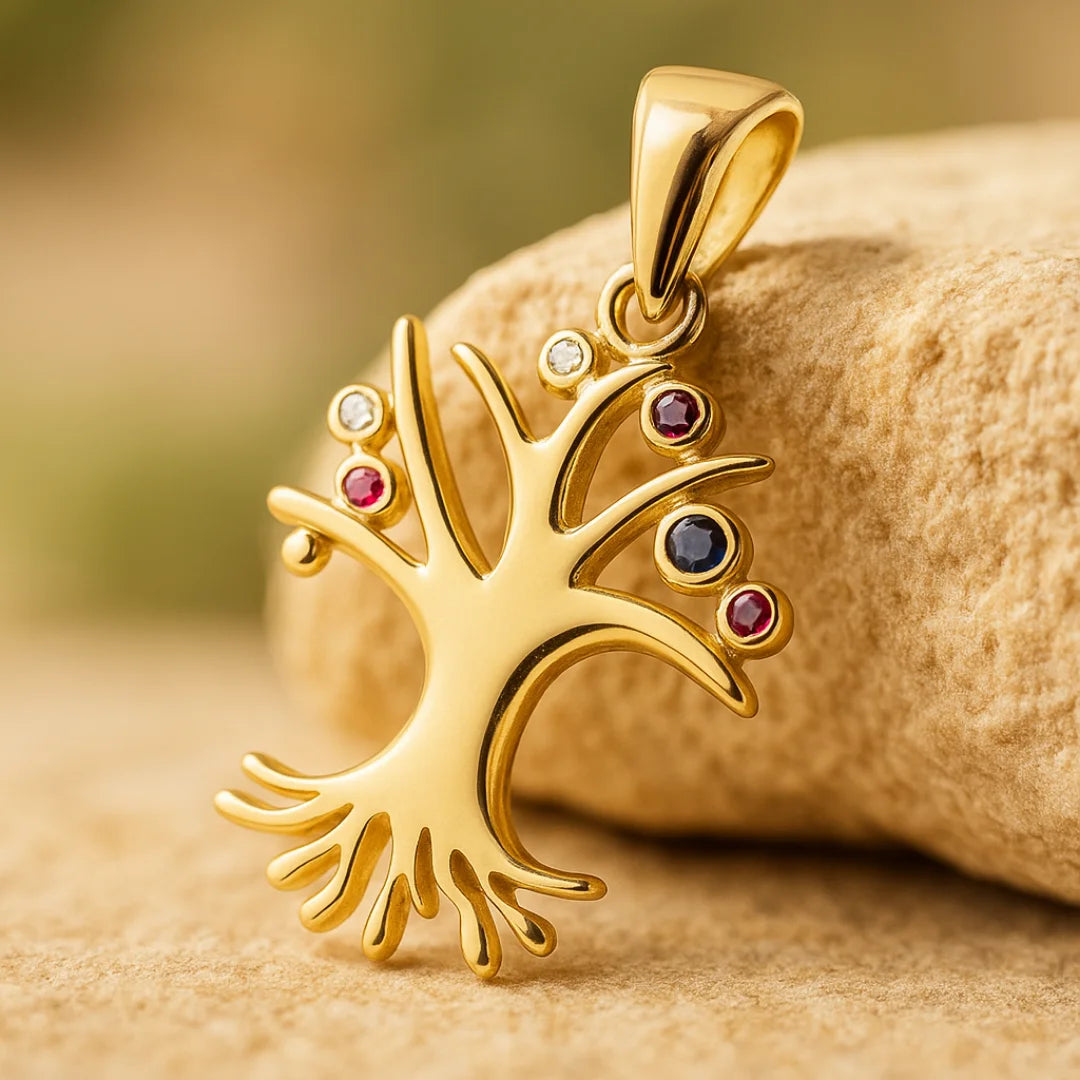
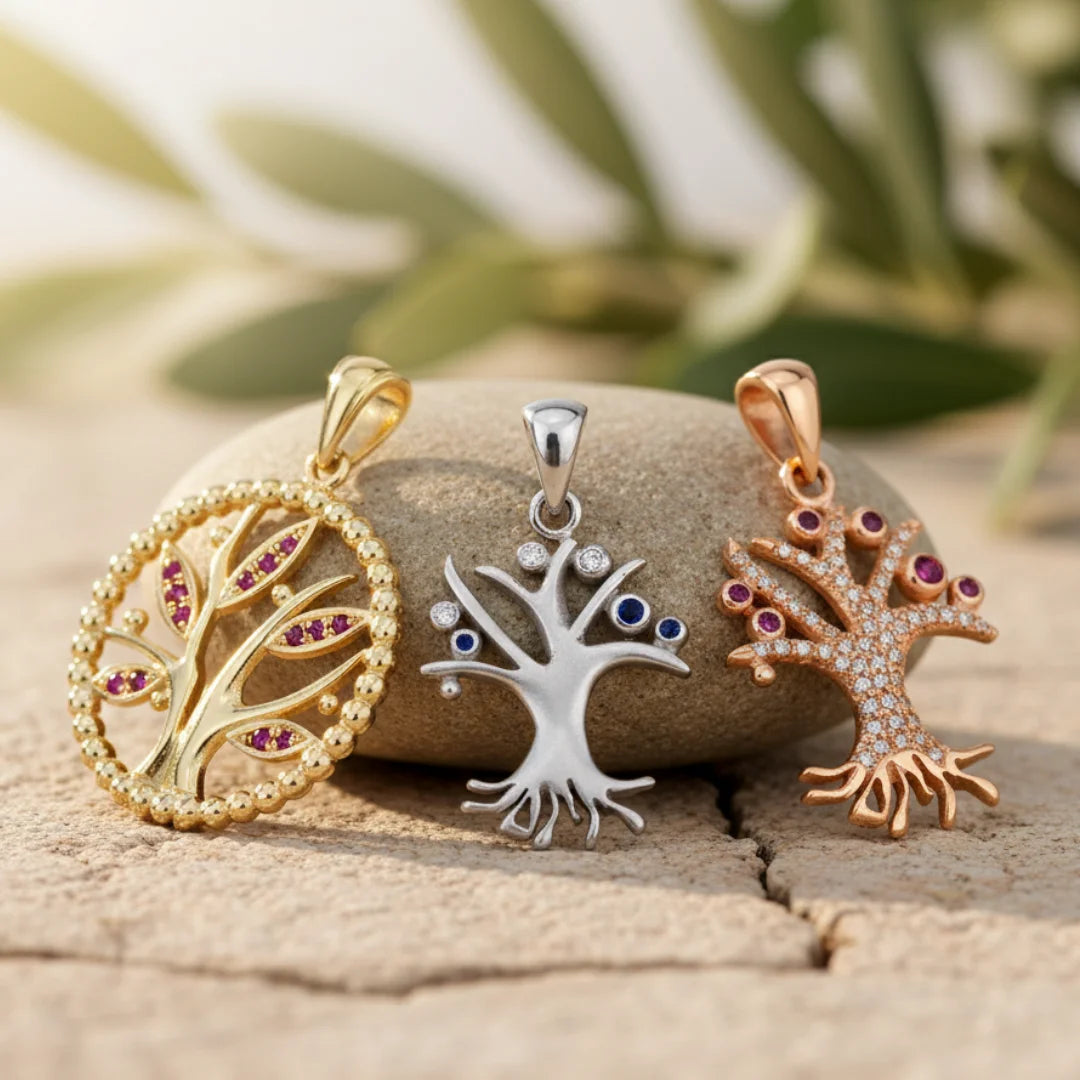
Tree of Life Jewelry
Tree of Life Jewelry in Jewish Tradition: Etz Chaim & Modern Meaning
Tree of Life - "Etz Chaim", has stood for centuries as one of the most potent symbols in Jewish philosophy and religion. Its roots run deep into the earth, its branches aspire to heaven and its form brings together the material and spiritual worlds.
In Judaism, the Tree of Life is not only a symbol, but an image of creation, wisdom and divine connection. From the Torah verses to the Kabbalistic writings, it is a symbol of growth, belief and the journey of the soul towards God. When such a symbol gets embedded in jewelry, it becomes individualized, a reminder of life, knowledge and harmony of beauty.
The Tree of Life, A Universal Symbol with Ancient Roots
The Tree of Life is one of the most ancient of human symbols. In cultures across the world, from the Middle East to Asia, from Celtic tribesmen to the Americas, the symbol of a living tree has become a symbol of life, creation and rebirth.
The origin and evolution of the Tree of Life
The oldest available representations of a Tree of Life date back thousands of years ago in Assyrian relief and Mesopotamian paintings. These trees symbolized immortality and the union of heaven and earth. Through time, nearly every society employed its own take on the sign, a universal language of life and unity. While meanings differ, there is a commonality between all representations of the Tree of Life: it represents the sacred cycle of life. Roots anchor the tree, solidity and heritage, while branches reach towards the divine. Fruit and leaves represent wisdom, beneficence and the cyclical nature of life.
The Tree of Life in Judaism and Kabbalah
In Judaism, the Tree of Life is not only metaphorical but literal. It first appears in the book of Genesis, towering over the Garden of Eden as the well of life eternal. Then it is metaphorically applied to the Torah itself, a living repository of wisdom and truth.
"Etz Chaim", The Tree of Life in the Torah
The phrase Etz Chaim (עֵץ חַיִּים), "Tree of Life," appears in the Book of Proverbs: "It is a tree of life to them that hold it, and those that lay hold of it shall be blessed" (Proverbs 3:18). When, in Jewish prayer, the Torah scroll is returned to the Ark, these words are recited, reminding the congregation that the Torah does not stand still, it is alive, offering guidance and comfort to those who hold on to it.
The Tree of Life as a symbol of divine connection
As the tree harmonizes heaven and earth, so does the Tree of Life represent that harmony of man and God. Its roots, trunk, and branches are often seen as the path of spiritual growth, the journey from the material world to higher consciousness. To wear the Tree of Life, therefore, is to bear a sign of harmony and divine union wherever one goes.
The Kabbalistic Tree, the ten Sefirot and spiritual structure
In Kabbalah, the Tree of Life takes on additional significance. It is a chart of creation and consciousness, ten Sefirot - God's qualities or emanations through which God's power infuses the world. Every branch represents a divine attribute, wisdom, kindness, beauty, strength, all united together in harmony. Wearing or meditating on the Tree of Life is to contemplate the unity of all creation and the soul's journey towards enlightenment.
Tree of Life Symbolism in Jewish Thought
The Tree of Life (Etz Chaim) in Judaism symbolizes wisdom, faith and enrichment of the soul. It instructs us that every human being, similar to a tree, possesses something deeper to stand on, and that true life comes through learning, good deeds and attachment. A tree stretches towards the light, and the human soul stretches through knowledge and acts of kindness. The Tree of Life reminds us that growth is not merely physical but spiritual too. Every act of kindness, every prayer and every mitzvah adds another branch to the tree, strengthening one's connection to the divine source.
The Tree of Life also signifies eternity. It not only signifies the world that already exists, but the world to be. The roots signify our history and forefathers, the trunk signifies the present, while the branches reach towards heaven, a symbol of the soul's eternal journey towards peace and truth.
The Meaning of Tree of Life Jewelry
Tree of Life jewelry makes these timeless lessons accessible, something that one can wear close to the heart. Regardless of the form of gold, silver, or gemstone, all represent balance, growth and divine connection.
Wearing the Tree of Life as a reminder of faith and balance
Tree of Life jewelry is a public declaration of faith made softly for some. It reminds us to be unshakeable like the roots, robust like the trunk and open to growth like the branches. The form brings to mind balance, harmony of body and spirit, earth and heaven, human and divine. Tree of Life jewelry nowadays can be found in many different styles: stylish necklaces, powerful pendants, decorative rings and symbolic bracelets. Some are purely decorative, while others have Hebrew engraving or Kabbalistic symbols that express deeper meaning. Whatever the design, they all perpetuate the same old message, that life, faith and beauty are all one.
Tree of Life Jewelry Through History
The Tree of Life symbol has been a part of Jewish art and culture for thousands of years, evolving in form but not in significance. Its foundations in Scripture and mysticism gave rise to a grand artistic tradition that endures to the present day.
Early designs in ancient art and coins
Archaeological findings in the Land of Israel demonstrate that tree motifs, occasionally believed to represent the Tree of Life, were used in early synagogue mosaics, ancient jewelry and Judean coins. The motifs served to represent religion and identity as they provided a connection between the Israel people and religious connotation of growth, rebirth and creation by God.
The Tree motif in medieval and modern Judaica
Later centuries saw the Tree of Life appearing in illuminated manuscripts, synagogue reliefs and Torah ornaments. Its presence symbolized not only wisdom, but the continuity of Jewish scholarship and life. Now, in contemporary Judaica, the tree is still used by artists as a symbol of rootedness and spiritual beauty, in which ancient faith and contemporary art intersect.
Tree of Life Jewelry for Men and Women
Tree of Life jewelry speaks to all individuals, both men and women, though its message typically arrives in different forms and meanings.
Designs that reflect strength and devotion for men
Men's Tree of Life jewelry tends to focus on strength and minimalism. Thick silver necklaces, inscribed gold rings, or leather cuffs with the Tree of Life ooze toughness and unshakeable faith. For them, these types of pieces are reminders of tenacity, godly discipline and the continued progression that comes with challenges in life.
Grace, connection and spirituality in women’s designs
For women, Tree of Life jewelry is about honoring delicacy and beauty. Gold necklaces with gemstone "leaves," filigree pendants and elegant bracelets embody beauty and symbolism. These are often worn as a symbol of balance, motherhood and self-growth, a statement of the divine feminine in the world.

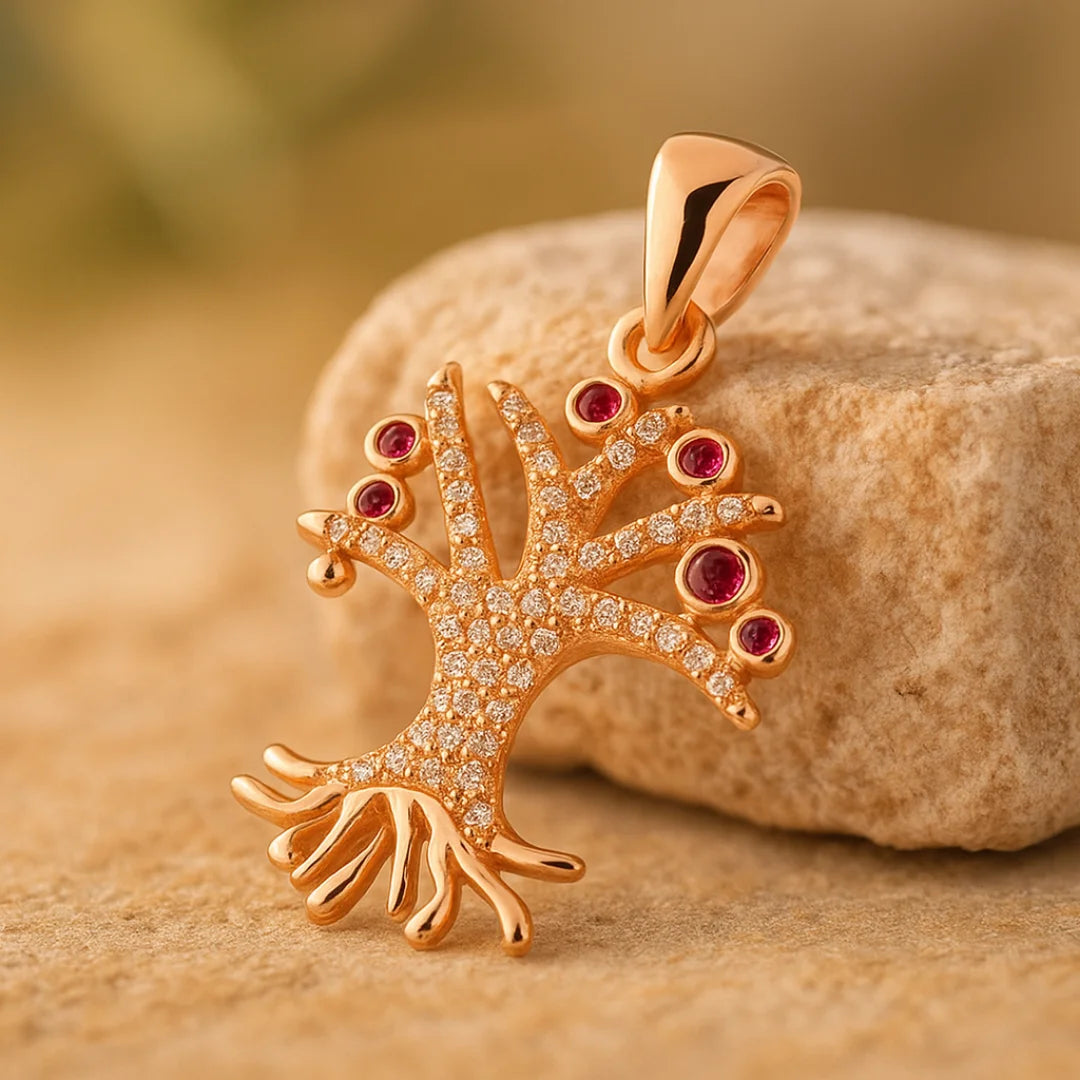

Materials and Styles of Tree of Life Jewelry
The Tree of Life design has inspired jewelers for centuries and with every material used to create it comes a deeper meaning. If made of gold, silver, or gemstones, each piece is the story of spirituality, growth, and affiliation.
Gold and silver Tree of Life pieces
Gold has symbolized sanctity and divine brilliance for millennia. A gold Tree of Life pendant would naturally signify purity of faith and the eternal nature of God's wisdom. Silver, on the other hand, represents humility and lucidity, reflective light of the soul. Both metals have connotations of beauty, but each has a specific spiritual implication.
Tree of Life pendants with gemstones
Many Tree of Life representations feature gemstones representing the wisdom fruits and energies of life. Rubies and garnets vibrate with heart energy, emeralds with renewal and growth, and sapphires with spiritual truth. Even the use of colored stones in Kabbalistic art can be attributed to the Sefirot, God's attributes of creation.
Necklaces, bracelets and symbolic designs
Tree of Life jewelry comes in many forms. Necklaces and pendants are worn close to the heart, keeping the wearer in mind each day of their commitment to God and life in general. Bracelets can have smaller charms, a discreet sign of balance and protection. Delicate, gemstone-encrusted pieces or minimalist silhouettes, each piece is an individual way to have a timeless message.
The Tree of Life in Modern Culture and Faith
Though rooted in Jewish heritage, the Tree of Life has transcended religion and now represents unity, equilibrium and harmony for all people. Its beauty is its openness, it's everybody's since it belongs to everyone searching for meaning in life.
Why people of all backgrounds wear the Tree of Life
Both Jewish and non-Jewish people alike wear Tree of Life jewelry as a representation of their own personal growth and spirituality. It can represent family and heritage to one, spiritual awakening or rebirth to another. The symbol knows no borders, bringing people together in respect for life and the divine.
In Judaism, the Tree of Life remains sacred, representing wisdom from God and the Torah itself. But in today's living, it is also a softer reminder to stay humble and to reach for light. Wearing the Tree of Life connects the wearer to profound old roots and to a living, living religion. It's a symbol that keeps inspiring generation upon generation, boundless, changing and ever-living.
Frequently Asked Questions
Tree of Life jewelry represents growth, faith and connection, both to God and to the world around us. Its roots symbolize grounding and heritage, while its branches reflect the human soul reaching upward toward wisdom, love and light.
Yes. The Tree of Life is more than a symbol of faith and knowledge that crosses generations and cultures. It is a symbol of the Torah and wisdom of God, a powerful reminder for anyone wishing to find spiritual equilibrium.
Yes. The Tree of Life exists within the Hebrew Bible and Christian scripture. In the Book of Genesis and the Book of Revelation, it symbolizes eternal life and the promise of new beginnings by God. It's worn by many Christians as a sign of creation, hope and faith.
In all cultures, the Tree of Life is a representation of oneness, growth and eternity. In Judaism, it is the living Torah, the storehouse of spiritual nourishment and wisdom. Its roots remind us of where we came from and its branches remind us to keep reaching further.
The Tree of Life predates most specific religions and appears in early civilizations as a cosmopolitan symbol for creation. In Judaism, it has a specific and sacred meaning, drawn from scripture and Kabbalah. It is a symbol of God's order and eternal connection with humanity, and not pagan worship.




